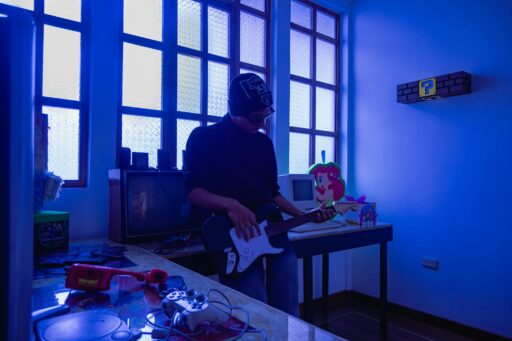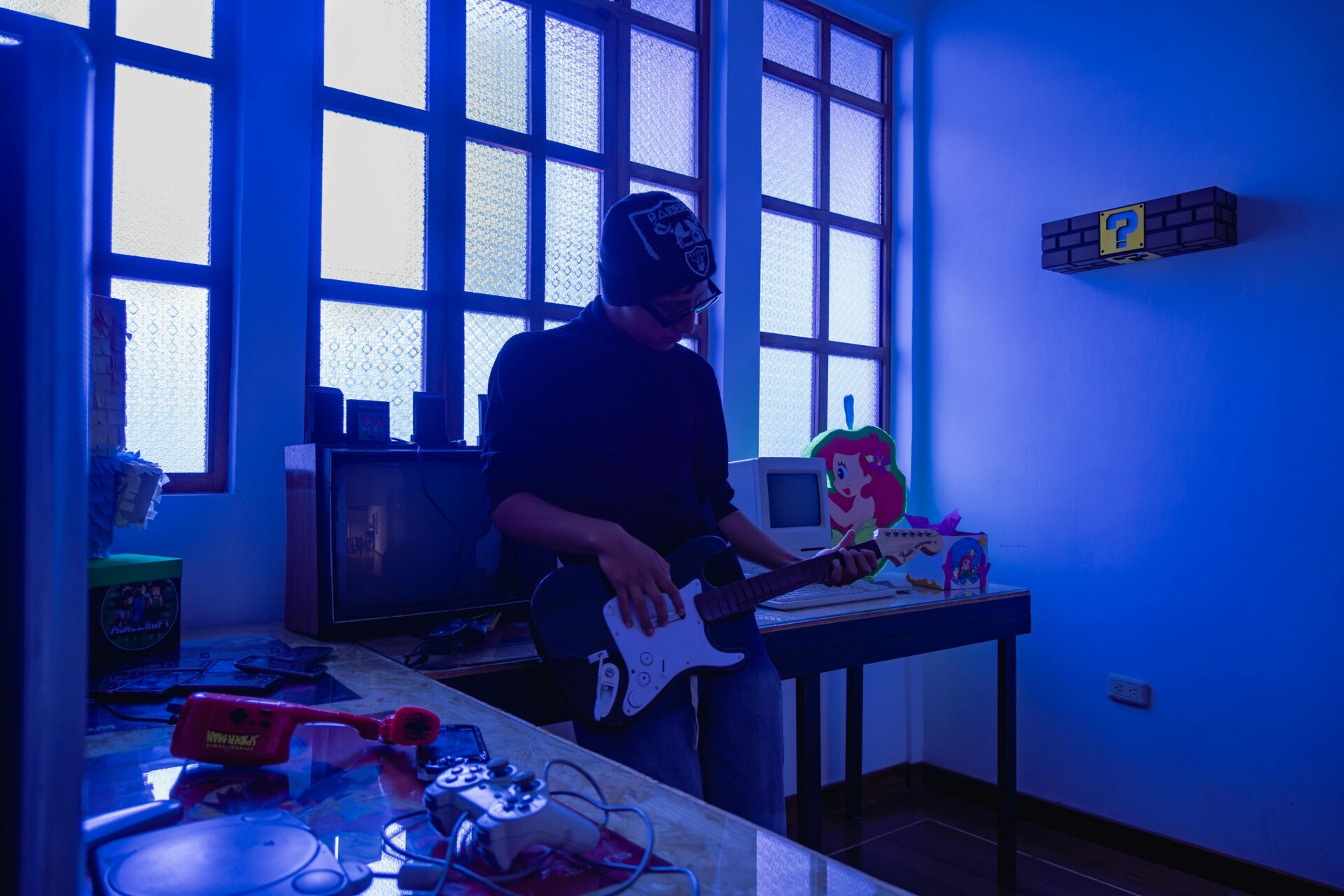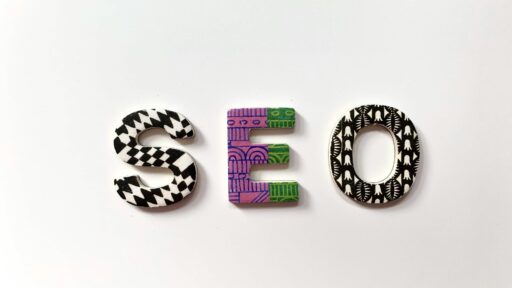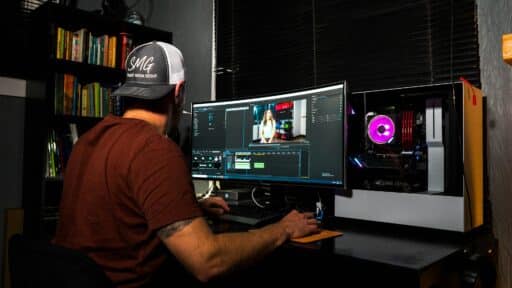Will computers really replace artists? Can a machine paint like a human or write music that moves us? With artificial intelligence (AI) getting better so quickly, many people are asking tough questions about creativity and the special role of human artists. AI can now make amazing pictures and complex music. This makes us wonder if human-made art might become a thing of the past.
This article explores the growing talk about AI’s place in art. We’ll look at what AI can do, what it can’t, and what this means for artists. Think of it like how online games offer different ways to get players involved, such as a Vulkan casino bonus to boost their fun. Similarly, AI tools are changing how we interact with and create art.
How AI Creates Art: Beyond Simple Copies
AI’s ability to create has grown a lot. It no longer just crunches numbers; it now generates original art. Modern smart systems, using advanced learning from huge amounts of data, can make new content in many art forms. This isn’t just copying; it’s making new works that often impress people.
Here’s a look at what AI can do in art:
- Visual Art: AI like DALL-E 3 and Midjourney can create detailed, imaginative images from text, mimicking styles or inventing new scenes.
- Music: Tools such as Amper Music or AIVA compose everything from orchestral pieces to pop songs, making new music that sounds good and feels right.
- Writing: Intelligent automation can write poetry, stories, and scripts that are grammatically correct and sometimes surprisingly creative.
- Design: AI helps design products, buildings, and interfaces by quickly creating many variations, offering new ideas to human designers.
These examples show that AI can learn from existing art and create new things. But the big question is: Is this real creativity, or just clever copying and mixing?
The Human Element: Empathy, Experience, and Intent
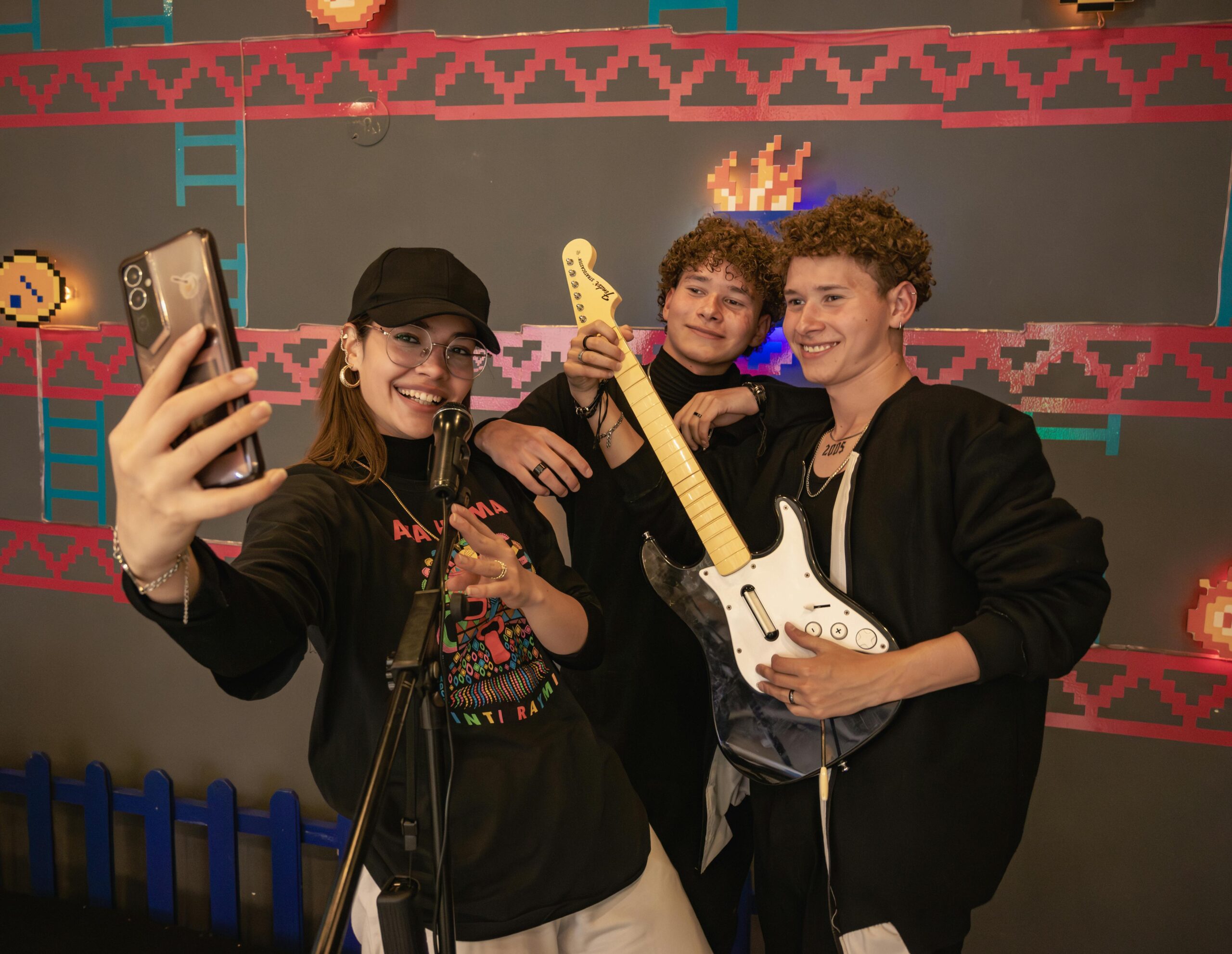
Even with impressive AI art, many believe true creativity needs the human experience. Art often expresses emotions, shares personal stories, and explores what it means to be human. Artificial Intelligence systems simply can’t truly do these things.
Here’s what makes human creativity unique:
- Real emotion and empathy: Artists pour their feelings and experiences into their work, connecting deeply with others. AI can fake emotions, but doesn’t feel them. It can make a sad song, but it’s not sad itself.
- Purpose and awareness: Human art comes from a conscious desire to say something, get a reaction, or explore a personal truth. AI just follows algorithms; it has no actual purpose or awareness. The “why” of human art is crucial.
- Originality from life: Our unique experiences, biases, and perspectives shape our art. AI learns from combined data and can’t replicate the distinct originality of a human life journey. True originality often means breaking rules, which AI is designed to follow.
- The creative journey: For humans, creating involves struggle, self-reflection, mistakes, and growth. This personal journey adds real meaning to the art. Machine intelligence, being purely logical, doesn’t go through this human process.
So, while Artificial Intelligence can imitate creative actions, it lacks the deep human qualities that give art its true meaning and impact.
Collaboration, Not Replacement: The Future Landscape
Instead of a battle for supremacy, a more likely and beneficial future scenario involves collaboration between human artists and artificial intelligence. AI can serve as a powerful tool, augmenting human capabilities rather than outright replacing them. This partnership could unlock unprecedented levels of artistic exploration and efficiency.
Consider how AI could function as an invaluable creative assistant:
- Idea generation and brainstorming: AI can quickly generate a multitude of ideas, concepts, or variations for an artist to consider, acting as a tireless brainstorming partner.
- Technical assistance and automation: Machine intelligence can automate repetitive or technically demanding tasks, freeing artists to focus on conceptualization and refinement. This includes tasks like color grading in photography, perfecting instrumental tracks, or generating initial drafts of text.
- Style exploration and inspiration: Cognitive computing can analyze vast artistic datasets to identify trends, suggest stylistic combinations, or even generate “mash-ups” that could inspire new directions for human artists.
- Audience analysis and feedback: AI can help artists understand audience preferences and reactions, providing data-driven insights that can inform future creative decisions without dictating artistic integrity.
This collaborative model positions AI as a sophisticated brush, a versatile instrument, or an extensive library—tools that extend the artist’s reach and accelerate their process, rather than substitutes for their innate vision. The human artist remains the conductor, providing the emotional intelligence, the lived experience, and the ultimate creative direction.
The Evolving Definition of Art
The ongoing development of AI forces us to reconsider the very definition of art and creativity. If a machine can generate a visually stunning image or a melodically pleasing tune, does that output qualify as art? The answer likely lies not just in the product itself, but in the intention, the process, and the human connection it fosters. While machine intelligence can simulate aspects of creativity, the profound, often inexplicable essence of human artistic expression—its soul, its struggle, its intentionality—remains unique. The future of art may not be a landscape devoid of human touch, but rather a hybrid realm where human ingenuity, amplified by technological prowess, continues to push the boundaries of what is possible. It is a future where the partnership between human and machine sparks new forms of beauty and understanding.

